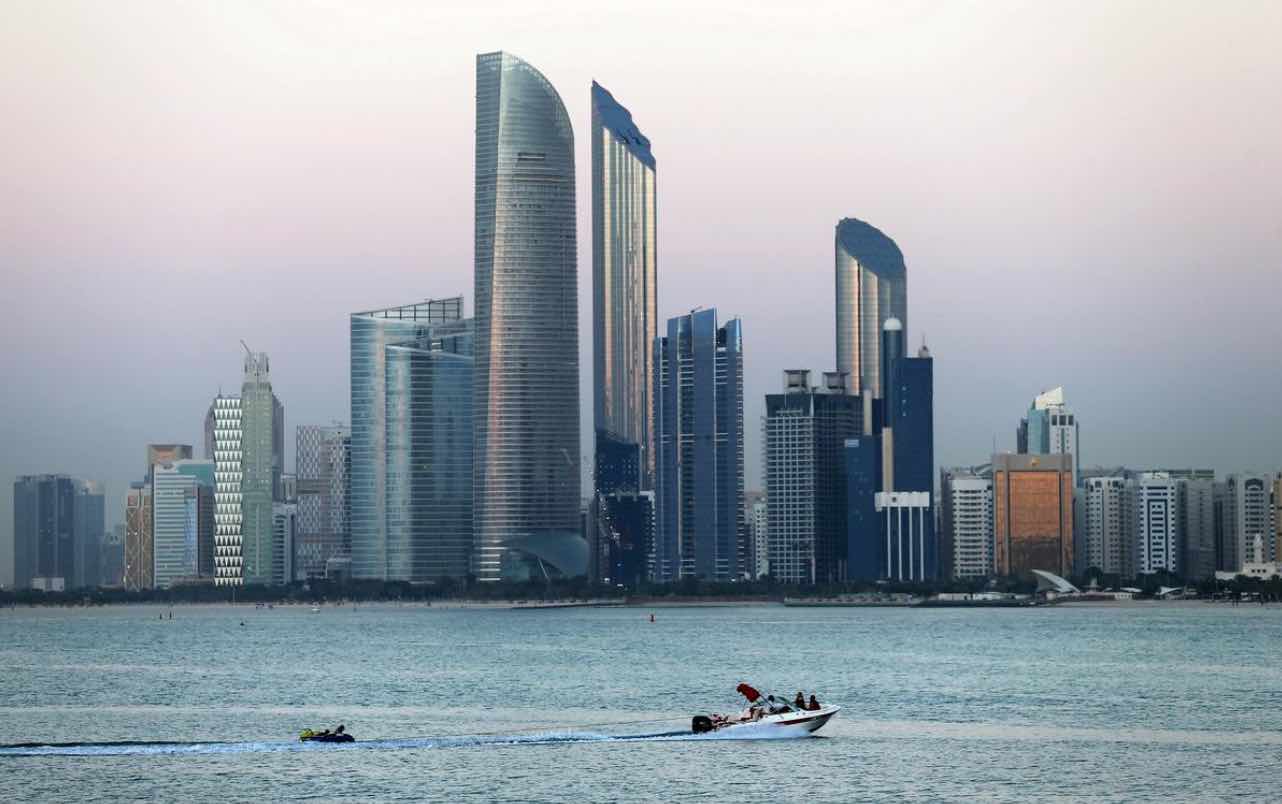The notions of sustainable and energy efficient design first entered the global consciousness with the energy shortages of the 70s and 80s. With the emergence of the concept of energy independence in the West, many architects sought ideas and strategies to help them design more energy efficient buildings.
In their search for inspiration, some looked to the environmentally responsive elements of traditional architecture, while others–who often had reservations about the performance limits of traditional architecture–sought new solutions that employ modern technologies and manufactured materials.
As the energy crises ended, the construction industry in the US returned to business as usual, allowing its European counterpart to take a lead in pushing for increased energy efficiency. Given the European climate and the lack of a tradition of environmentally responsive architecture, the European approach to energy efficient design mostly leaned towards developing new technologies. In recent years, a revived global interest in energy efficiency–this time driven by environmental as well as energy concerns–has restarted the dialogue between the two approaches.
In the Middle East, this dialogue took a different form. Like other hot and dry climates, many parts of the Middle East have a heritage of traditional architecture that features a number of passive cooling strategies. The existence of this heritage as well as the socio-economic context of the region, has naturally shifted the regional discourse on energy efficient design towards those who advocated learning from traditional architecture.
During the 80s and 90s, the revivalists not only dominated the architectural discourse on the subject, but also appropriated all notions of sustainability and energy efficient design.
Much of the dominance of the revivalists at the time is attributed to the work of the late Hassan Fathy, an Egyptian architect and a long-time advocate of appropriate technology. Fathy and his followers claimed their architecture is as environmentally responsive as traditional architecture was, and is therefore inherently energy efficient.
Their design approach appeared to be in line with these claims as they revived passive design strategies such as shading, natural ventilation, evaporative cooling, thermal mass, as well as microclimatic control measures such as courtyards.
They are collectively credited with reviving a long forgotten traditional knowledge in spite of variations among revivalists in their focus on energy efficiency and in their abilities to apply these strategies successfully.
However, the revivalist approach to energy efficient design was also characterized with a number of flaws that proved detrimental. These flaws included a formulaic use of traditional design elements, an exclusive use of appropriate building technologies, a prescriptive use of low comfort levels that were not acceptable to many, and a failure to seek interdisciplinary collaboration from other consultants.
As a result, the dominance of the revivalists did not last for long. With the recent revival of global energy efficiency efforts, the role of the revivalists diminished–although they still retained some presence in professional and public discourses. This gave way to the emergence of two new approaches: a progressive approach and a hybrid approach.
The progressive approach can be characterized as one that seeks to use the latest technologies to solve design problems and achieve high performance buildings, but is not necessarily concerned with notions of appropriate technology or lessons learned from traditional design. It relies on technologies such as high performance materials, efficient cooling systems, and renewable energy to achieve its energy goals.
Progressive practitioners in the region also appear to emulate–and occasionally mimic–the engineer-oriented approach to energy efficient design which places less emphasis on the building form and more on the systems inside it.
In addition to a limited number of buildings in the Gulf region that belong to this approach–featuring some efficient cooling and lighting systems–the last few years have also seen the pages of the architectural press full of project drawings that promised great energy performance while appearing to subscribe to the high-tech aesthetic developed by European architects. Projects such as Burj Al-Taqa and the Dubai lighthouse are typical examples of these projects.
Aesthetics, however, were not the only foreign aspect of this approach. Many of the design features and technologies employed were also developed for different climates.
For example the excessive use of glazing seen in many of its projects is not appropriate for the region’s climate as it was developed for a temperate climate where solar heat gain is less of a concern and often even desirable.
The imported nature of this approach also raises concerns regarding the practicality of maintaining these systems and the general sustainability of relying on imported technologies. In addition, the progressive approach has also facilitated the use imported comfort standards, which led to the exclusion of strategies such as natural ventilation.
The following article is part of Al-Masry Al Youm's weekly "Environmental Voices" series, in which issues related to the environment–whether local, regional or international in nature–will be discussed from the point of view of environmental experts.
A version of this article first appeared in the October issue of the Dubai-based magazine, BuildGreen.




